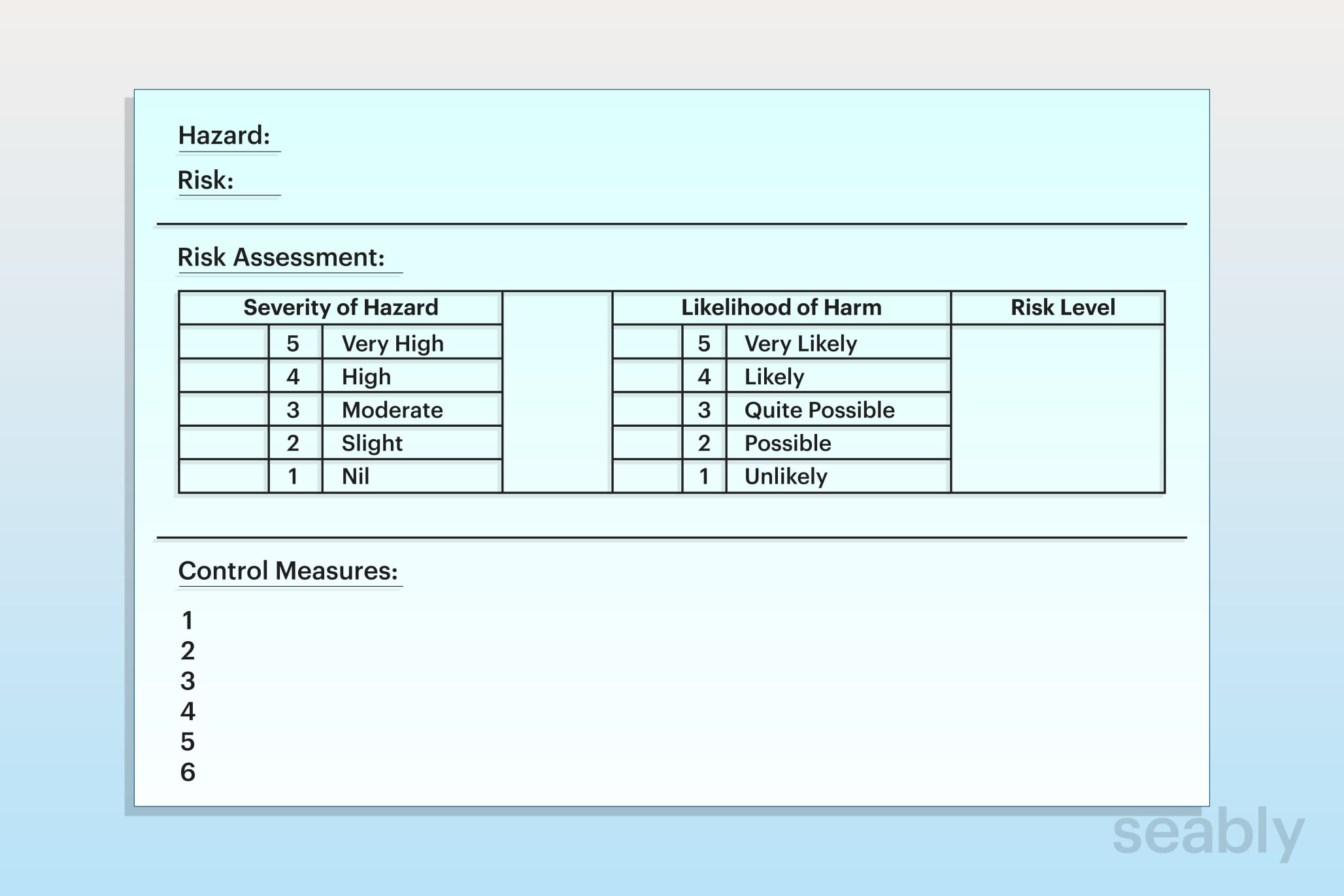Step 3 of 5•6 minutes read
Risk Assessment
When planning operations in polar waters, it is vital that the additional risks and hazards imposed by the environment are considered. In all risk assessments, the hazards and risks are categorised, and control measures are used to mitigate the likelihood of the incidents occurring. This needs to be considered as most operations will be made more complicated and hazardous due to the polar conditions.

Ensure that the valve is in the correct position prior to any work being undertaken.
This is a measure of how often the hazard will be likely to occur. This may also be a measure of how many people are likely to be affected.
The risk level is determined by adding the Severity score and the Likelihood score together. Your company SMS will detail what an unacceptable risk score is.
These are used to reduce the risk score by reducing the severity or the likelihood of the incident occurring.
It is far easier, as an example, to reduce the likelihood of say a fall from height by the use of a harness and safety line than it would be to reduce the severity of falling.
Icy Conditions
The external temperatures associated with polar waters will affect the following:
Personnel
Work Area
Ship
The work area will be affected due to the weather, making the decks more hazardous than usual. This occurs because of the presence of ice on deck and hence the increase of slip hazards of working on the upper decks, especially when combined with the regular rolling and pitching of the ship when underway.
Control measures for icy decks include using grit or other substances to generate a grippier surface on which to walk and regular clearing of ice from the decks using a steam lance or other similar approved apparatus. It is important to note that boiling water should never be used as this may cause thermal shock to the steel and induce brittle areas in the deck.

Slipping hazards are increased in cold environments. Photo: Jörgen Språng
Cold Temperatures
As has been discussed, cold temperatures hurt human physiology. The best counter is to remain warm for as long as possible. The next best counter is wearing appropriate winter clothing in layers to remain as warm as possible.
To mitigate the risks of cold weather affecting the crew during operations, a good practice is to limit exposure by keeping the work outside to a minimum. Personnel should regularly rotate between outside and inside work routines to avoid long exposure to extreme cold weather. Crew should also be regularly checked to ensure they wear all the required protective clothing (PPC) and their overall health and well-being while working.
Hot drinks and a dedicated "warming room" are also recommended to ensure crew members warm up slowly to avoid complications from heating the body too quickly.

Proper personal protective clothing (PPC). Photo: Jörgen Språng